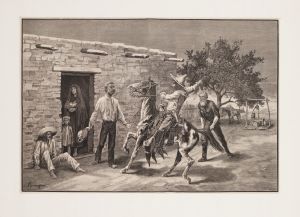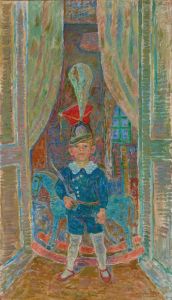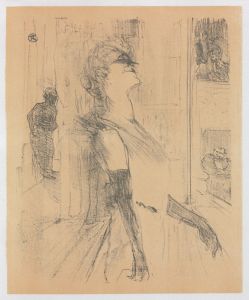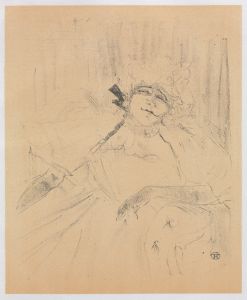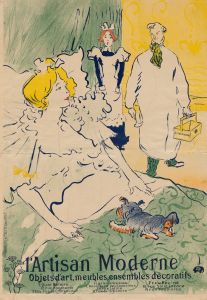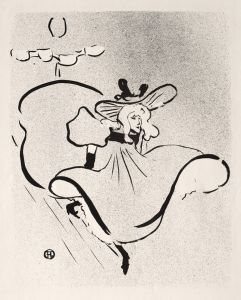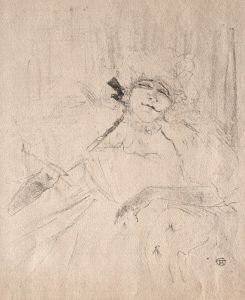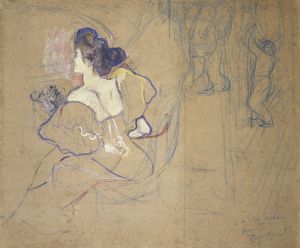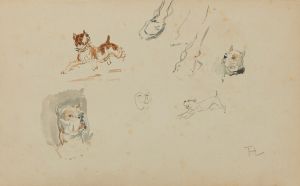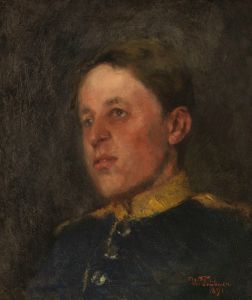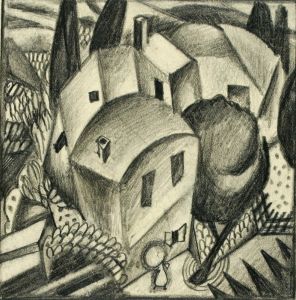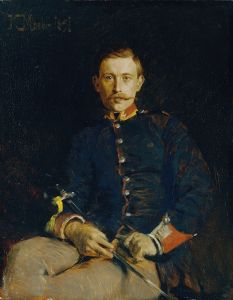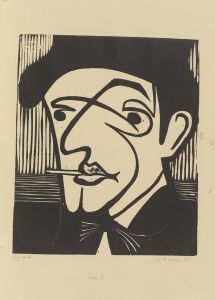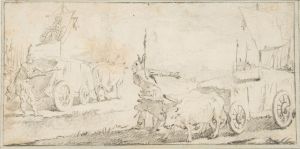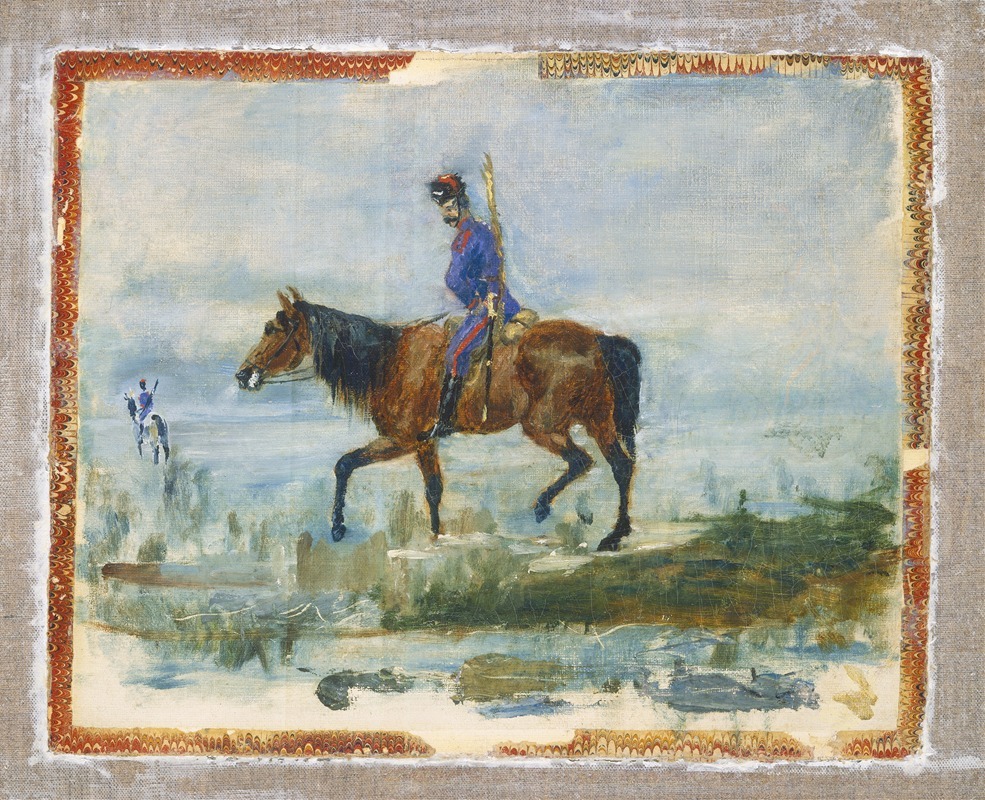
Hussars
A hand-painted replica of Henri de Toulouse-Lautrec’s masterpiece Hussars, meticulously crafted by professional artists to capture the true essence of the original. Each piece is created with museum-quality canvas and rare mineral pigments, carefully painted by experienced artists with delicate brushstrokes and rich, layered colors to perfectly recreate the texture of the original artwork. Unlike machine-printed reproductions, this hand-painted version brings the painting to life, infused with the artist’s emotions and skill in every stroke. Whether for personal collection or home decoration, it instantly elevates the artistic atmosphere of any space.
Henri de Toulouse-Lautrec, a prominent French painter, printmaker, and illustrator, is renowned for his vivid portrayals of Parisian nightlife in the late 19th century. However, his oeuvre extends beyond the cabarets and dance halls of Montmartre, capturing a variety of subjects with his distinctive style. One of his lesser-known works is "Hussars," which reflects his interest in military themes, albeit not as extensively explored as his other subjects.
Toulouse-Lautrec was born into an aristocratic family in 1864 in Albi, France. Despite his noble lineage, he is best known for his bohemian lifestyle and his association with the avant-garde circles of Paris. His physical disabilities, resulting from a genetic disorder and subsequent injuries, did not hinder his artistic pursuits. Instead, they may have contributed to his unique perspective and approach to art.
The painting "Hussars" is believed to have been created during a period when Toulouse-Lautrec was exploring various themes and techniques. The term "hussars" refers to a type of light cavalry that originated in Hungary and became popular in various European armies, including France, during the 18th and 19th centuries. These soldiers were known for their distinctive uniforms, which often included elaborate jackets, fur hats, and sashes.
In "Hussars," Toulouse-Lautrec captures the essence of these cavalrymen with his characteristic use of bold lines and dynamic composition. The painting likely depicts the hussars in a moment of action or preparation, showcasing their vibrant attire and the spirited nature associated with cavalry units. Toulouse-Lautrec's ability to convey movement and emotion through his brushwork is evident in this piece, as it is in many of his other works.
While "Hussars" may not be as widely recognized as Toulouse-Lautrec's depictions of the Moulin Rouge or his portraits of performers and dancers, it nonetheless demonstrates his versatility as an artist. His interest in military subjects, although not extensively documented, provides insight into the breadth of his artistic curiosity and the diversity of his portfolio.
Toulouse-Lautrec's work, including "Hussars," is characterized by its departure from traditional academic art. He often employed a more spontaneous and expressive style, which aligned with the broader Impressionist and Post-Impressionist movements of his time. His focus on capturing the immediacy of a scene, rather than adhering to precise detail, is a hallmark of his approach.
Despite the limited information available specifically about "Hussars," the painting contributes to the understanding of Toulouse-Lautrec's artistic range and his ability to engage with different themes. His legacy is marked by his innovative techniques and his profound impact on the trajectory of modern art. Toulouse-Lautrec passed away in 1901, but his work continues to be celebrated for its originality and its vivid portrayal of the human experience.
In summary, "Hussars" by Henri de Toulouse-Lautrec is a testament to the artist's exploration of diverse subjects beyond his famous depictions of Parisian nightlife. The painting reflects his interest in military themes and showcases his distinctive style, characterized by bold lines and dynamic compositions. While not as well-known as some of his other works, "Hussars" remains an important part of Toulouse-Lautrec's artistic legacy.





